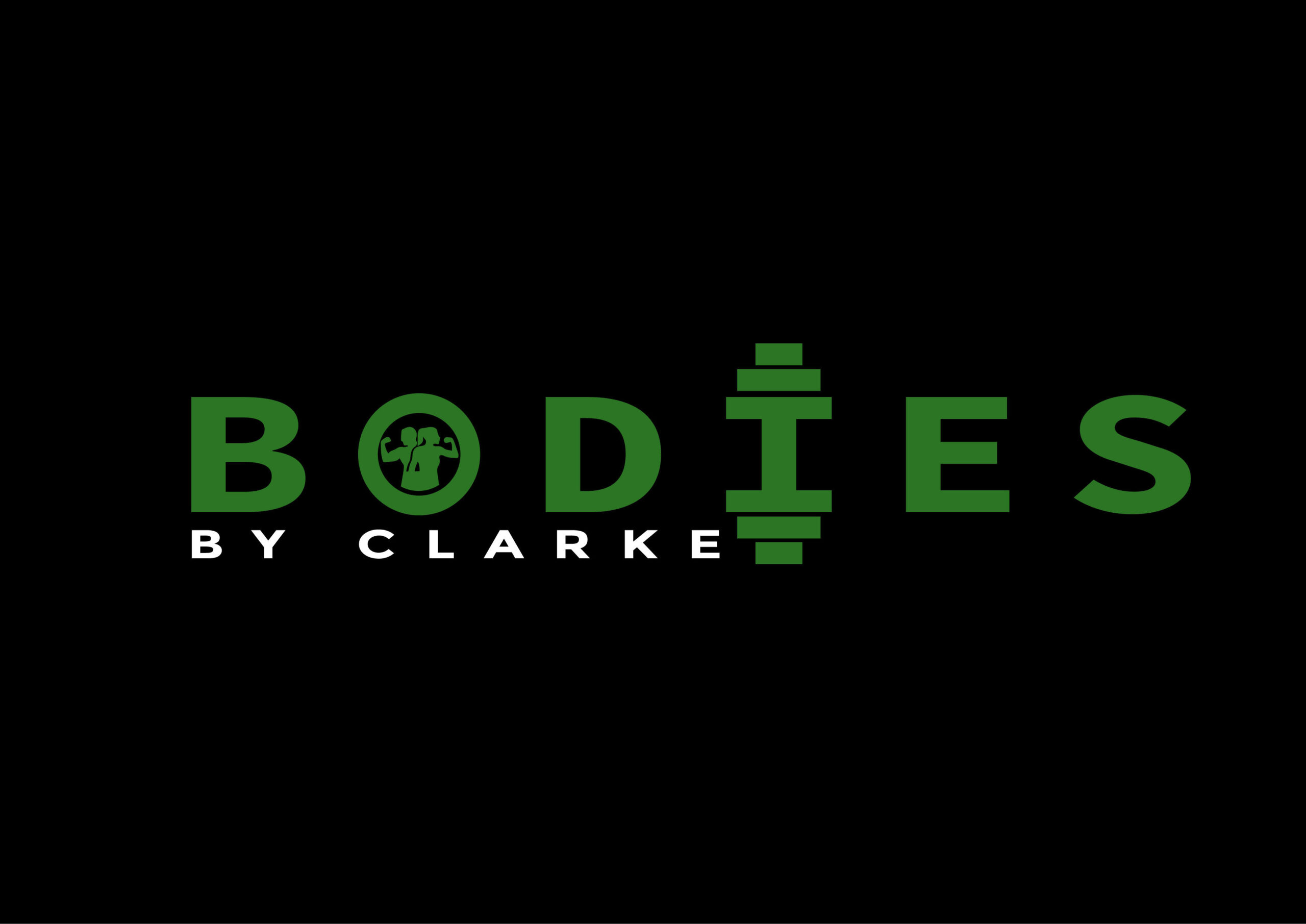Joint Pain Relief

Sports-related activities, as well as falls and other trauma, can injure the cartilage within a joint and, if it is not provided sufficient time to heal, chronic pain and persistent disability can follow.
These activities and incidents may increase the risk of osteoarthritis, especially if there’s impact involved or there’s the risk of injury to ligaments. Additionally, damage to the bone surface can start a biological process that results in joint degeneration. This, in turn, often leads to rheumatoid arthritis or osteoarthritis.
Arthritis is often a chronic disease meaning it can affect the person afflicted over a long period of time. It cannot be cured, but it can be treated through a variety of methods and products. Learning how to manage your joint pain over the long term is an important factor in controlling the disease and maintaining a good quality of life. This is a brief overview of some of the methods that arthritis sufferers can use to alleviate many of the symptoms associated with arthritis, especially joint pain. Products, both prescription and over-the-counter, for relieving arthritic joint pain are described in Joint Pain Products.
Heat and cold
Heat and/or cold therapy is not recommended to alleviate symptoms associated with all types of arthritis and as such, the decision whether to use it or not should be discussed with your doctor or physical therapist. If your care provider determines that the use of heat and/or cold is appropriate for use on your arthritis pain, it must be determined which kind of temperature treatment should be used. Moist heat, such as a warm bath or shower, or dry heat, such as a heating pad, placed on the affected joint for about 15 minutes may relieve the pain. An ice pack or bag of frozen vegetables wrapped in a towel and placed on the sore area for about 15 minutes may help to reduce swelling and stop the pain. If you have poor circulation, do not use cold packs.


Joint protection
In order to relieve the stress of everyday activity on an afflicted joint, which can exacerbate the condition and may lead to additional injury, a splint or brace can be used to allow joints to rest and keep them from being used. As with many other treatments, a medical care provider such as a physician or physical therapist can make recommendations and possibly provide you with the brace.
Massage
Massage is associated with temporarily relieving joint pain, one of the major symptoms
associated with arthritis, rather than treating the underlying cause of a loss of cartilage. A massage therapist will typically lightly stroke and/or knead the muscles around the joint, which increases blood flow to the stressed area. It is important to realize that arthritic joints are very sensitive, so the massage therapist must be familiar with the disease and problems associated with the affected joints.
Exercise
Low-impact exercises such as stretching exercises, swimming, walking, low-impact aerobics, and range-of-motion exercises may reduce joint pain and stiffness while increasing joint mobility. A physical therapist or gym trainer can help plan an exercise program that will give you the most benefit with the least stress on the arthritis-stressed joints.
Weight Reduction
In addition to alleviating some symptoms, the weight loss associated with an exercise program is beneficial in relieving the extra stress that extra pounds put on weight-bearing joints such as the hips and knees. Studies have shown that overweight women who lost approximately 10 pounds substantially reduced the development of osteoarthritis in their knees. In addition, these studies suggested that if osteoarthritis has already affected one joint such as the knee or hip, weight reduction would reduce the chance of it occurring in the other knee or hip. A physical therapist or gym trainer can help plan an exercise program that will give you the most benefit with the least stress on the arthritis-stressed joints.

Transcutaneous electrical nerve stimulation (TENS)Transcutaneous electrical nerve stimulation uses a small device that is placed near the joint afflicted with arthritis and directs mild electric pulses to nerve endings in and around the arthritic joint. It is theorized that TENS blocks the pain messages sent to the brain from the nerves and modifies the body’s perception of pain. Although TENS relieves some joint pain associated with arthritis, it doesn’t offset the joint inflammation that is associated with arthritis.
Surgery
In some extreme cases of persons with arthritis, surgery may be necessary. The surgeon may perform an operation to remove the synovium, realign the joint, or in extreme cases, replace the damaged joint with an artificial one. Total joint replacement provides not only dramatic pain relief but also significant improvement in joint motion and mobility for many people with arthritis.
Remember, managing arthritis is about taking control of your health and finding strategies that work for you. With a combination of proper care, lifestyle adjustments, and support, you can minimize joint pain and maximize your quality of life. Stay proactive, stay positive, and keep moving forward!
.Your Coach Demetrius Clarke
If you have any questions about lifestyle change please reach out to Bodies by Clarke at (242) 812-0829

